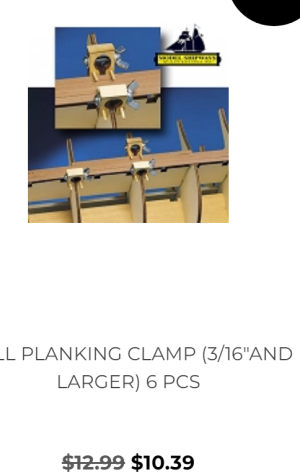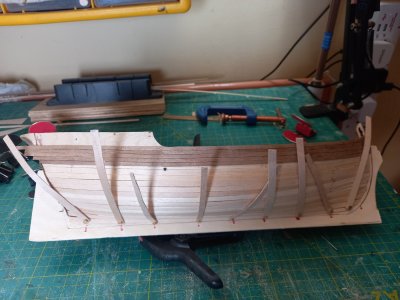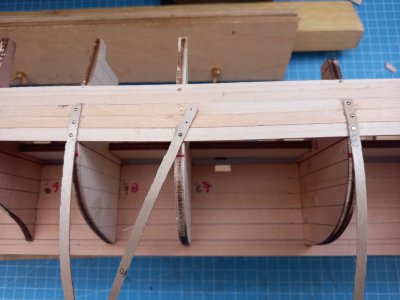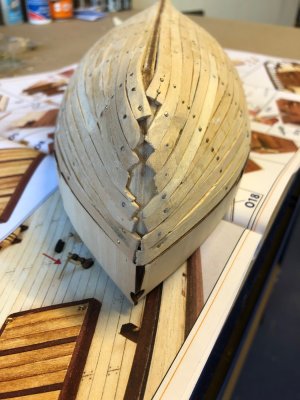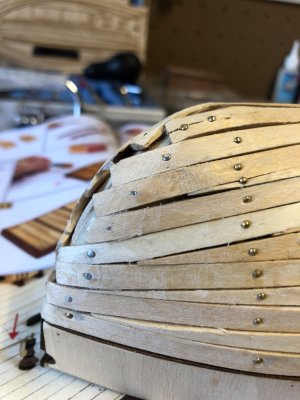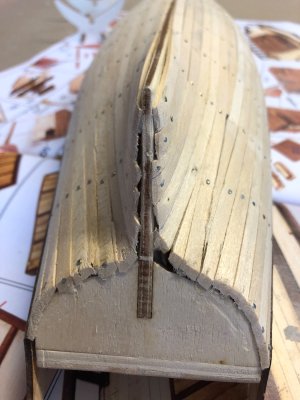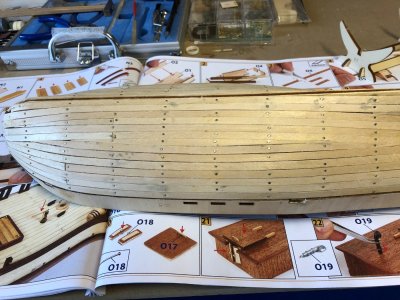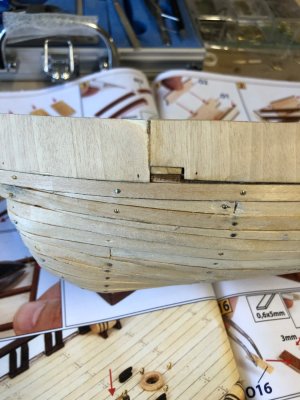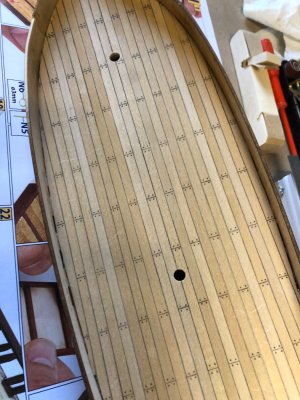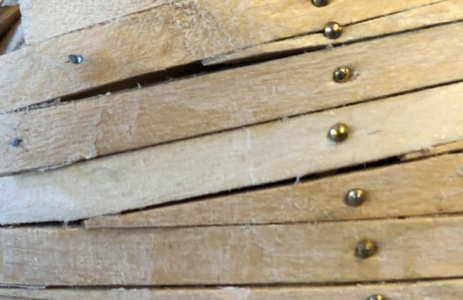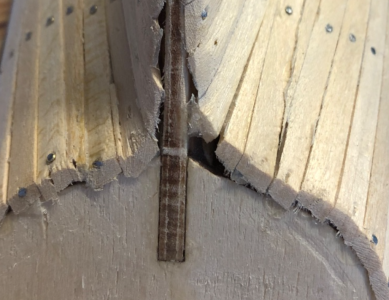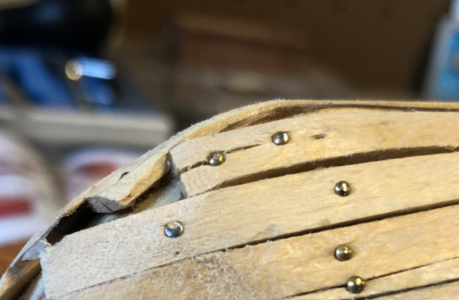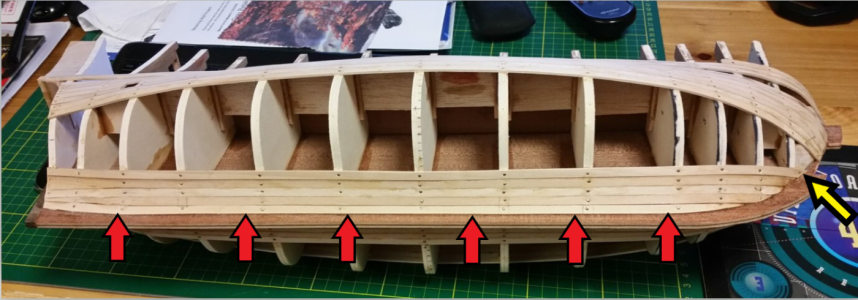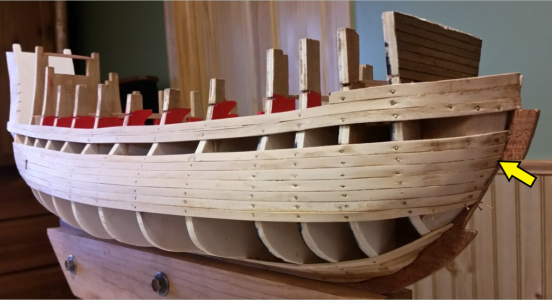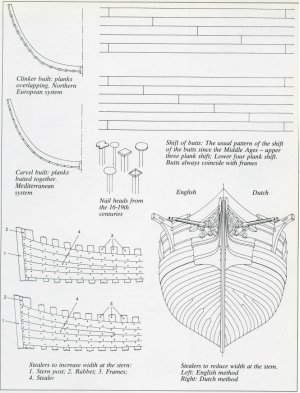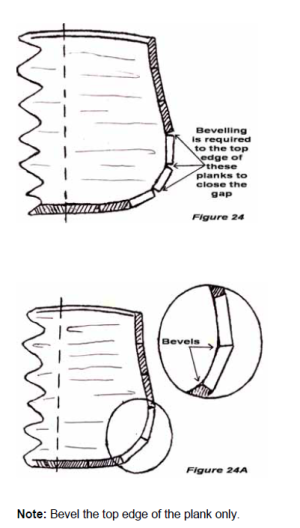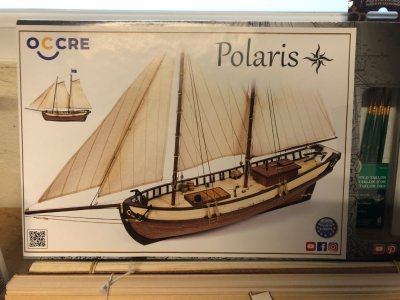- Joined
- Dec 23, 2024
- Messages
- 123
- Points
- 78

Hi, I am new to this wonderful hobby and am building my first model, Polaris by OcCre, I have received several helpful emails from members but a thought has occurred while sanding the first planking layer. The OcCre videos and other vids show the pins in place and consequently you have to file them flat to get a flat surface for the next layer of planks.
My question is when I was carrying out the first planking I inserted the nails as shown on the plans, which is a lot of nails, but could I nail the pins in to say three quarter of their length rather than the whole way and when the glue has dried remove the nails. When the nails are hammered in flat it is difficult to remove them without damaging the planks.
My question is when I was carrying out the first planking I inserted the nails as shown on the plans, which is a lot of nails, but could I nail the pins in to say three quarter of their length rather than the whole way and when the glue has dried remove the nails. When the nails are hammered in flat it is difficult to remove them without damaging the planks.






